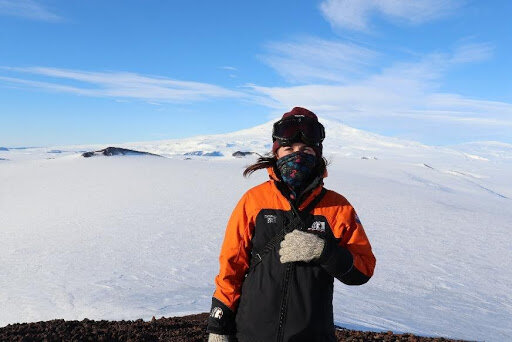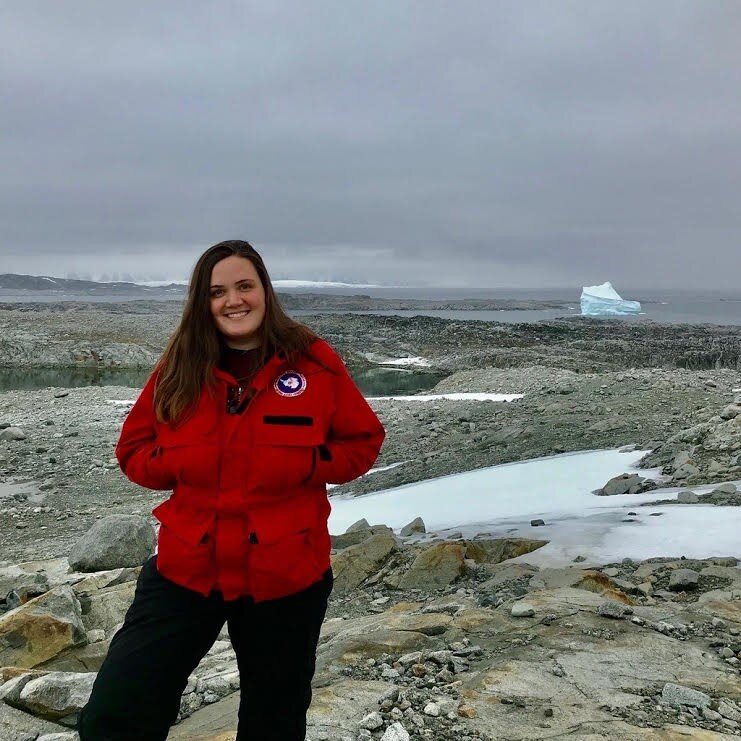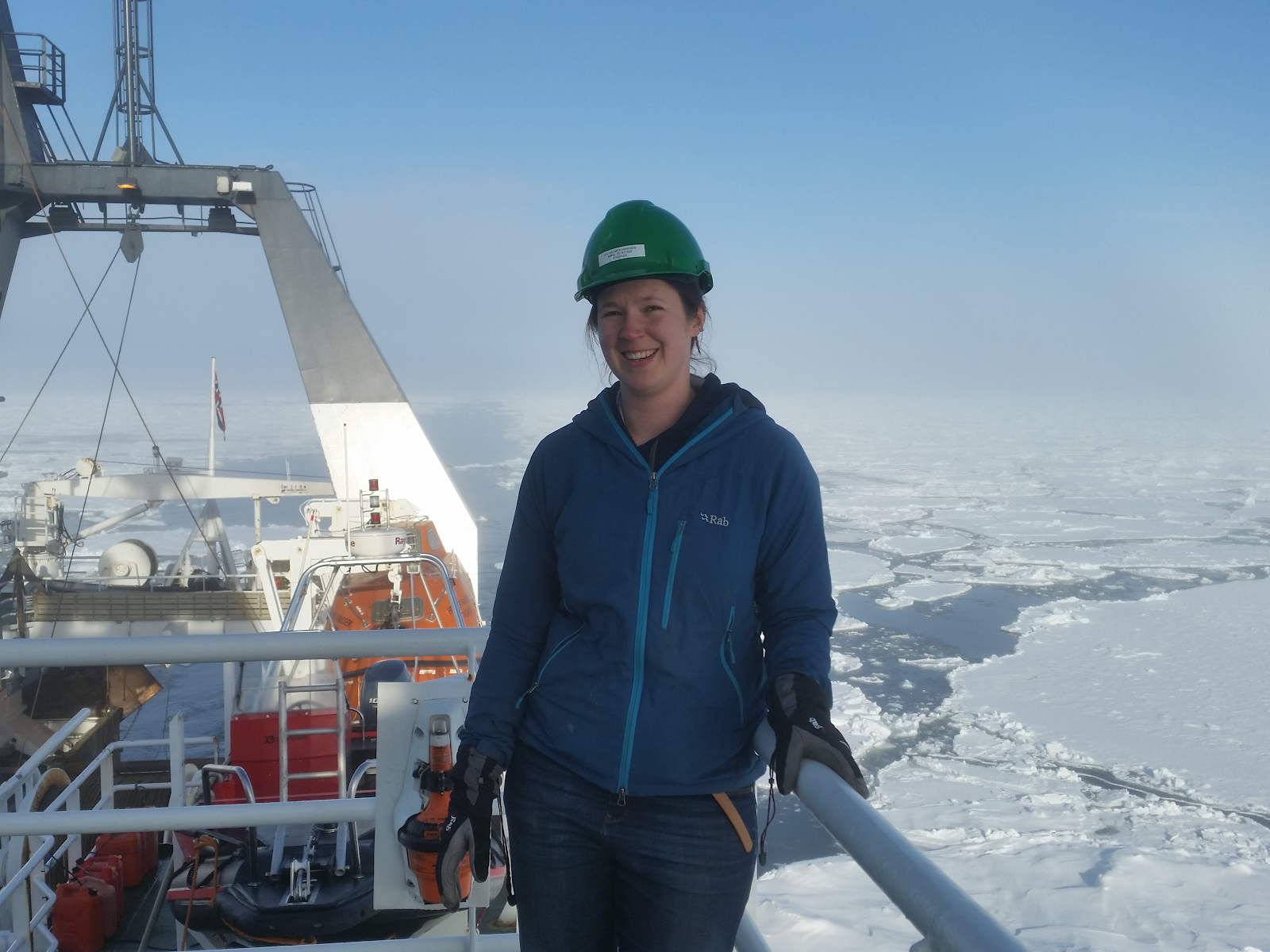
Protecting the Southern Ocean and Antarctica: A conversation with Natasha Gardiner
Magical and full of beauty and mysteries, Antarctica is a frozen wonderland. We spoke with Natasha Gardiner, a PhD researcher at the University of Canterbury in New Zealand where her research focuses on the Antarctic and Southern Ocean science-policy interface.

Beluga Whales!
Polar regions, (Arctic and Antarctic) cover more than 20% of the Earth’s surface and are home to some of the most extreme and rapidly changing environments. Life can be challenging with bitter cold winds, lasting months of darkness and sub freezing temperatures. A seemingly desolate expanse, the Polar Regions biodiversity has nonetheless evolved to thrive in these extreme climates.

Antarctic Marine Bacteria! - An interview with Beth Connors
Beth Connors is a PhD student in the Bowman Lab for Scripps of UCSD. She is currently spearheading trips to Antarctica where she studies the ecological roles and genomics of heterotrophic (must eat to live) marine bacteria.

Mapping The Barents Sea - An Interview with Dr. Marie Porter
I grew up nowhere near the sea! As I was finishing college and thinking about going to university, I don’t think I’d ever really thought about marine science being a thing that anyone did, never mind physical oceanography.

Pink Precipitation
If you live anywhere that gets cold, you’ve been told to not eat the yellow snow. But no one told us what to do with pink snow. Places around the world are starting to experience watermelon snow a.k.a. “blood snow”. Don’t worry no one got hurt. This isn’t the ‘White Christmas’ episode of Black Mirror. It’s actually due to an algae, Chlamydormonas nivalis, expressing natural red/pink pigment to protect itself from UV rays.
